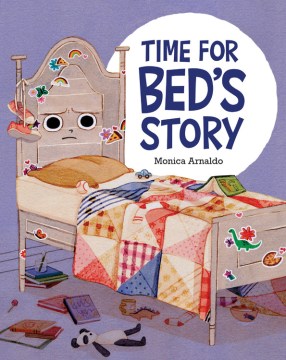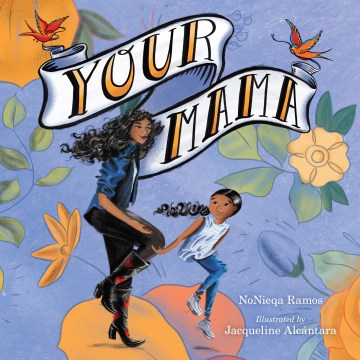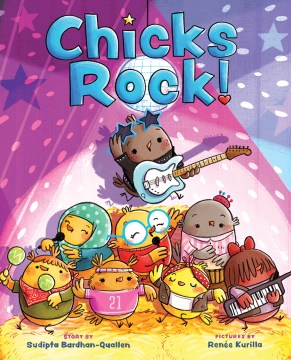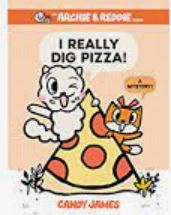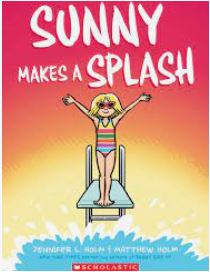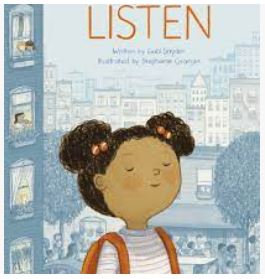Written by acclaimed author and Constitutional law scholar Lawrence Goldstone, Separate No More beings with the landmark Supreme Court’s decison of Plessy v. Ferguson and leads up through the Brown v. Board of Education of Topeka decision. Goldstone outlines how Plessy v. Ferguson decision in 1896 upheld the constitutionality of racial segregation under the “separate but equal” doctrine, and how the Brown v. Board of Education of Topeka unanimous Supreme Court ruled that racial segregation of children in public schools was unconstitutional. Goldstone explains how Brown v. Board of Education served as one of the cornerstones of the civil rights movement, and helped establish the precedent that “separate-but-equal” education and other services were not, in fact, equal at all.
Separate No More introduces the reader to icons of racial justice from Brooker T. Washington and W. E. B. Du Bois whose exacting work finally culminated in the Topeka case. In between, Goldstone introduces the reader to major events in the struggle including the Springfield, Illinois massacre of 1908, the founding of the National Association for the Advancement of Colored People (the NAACPA) in 1909, the Red Summer race riots in 1919, and the Student Revolt of 1951.
As with other non-fiction books by Goldstone in my library’s collection, including Unpunished Murder: Massacre at Colfax and the Quest for Justice, and Stolen Justice: The Struggle for African American Voting Rights, Separate No More includes substantial source notes, bibliography, photograph and illustration credits (there are many primary sources in this book), and index.
This book would make an excellent addition to a high school library’s non-fiction collection.


